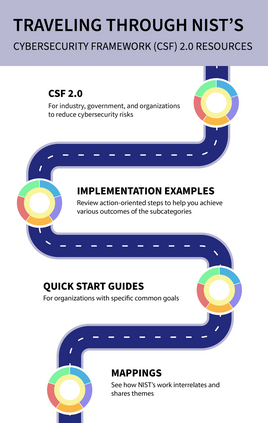In our last privacy-preserving federated learning blog post, we discussed known privacy attacks in federated learning and provided recent examples from the research literature. In this new post, Data Distribution in Privacy-Preserving Federated Learning, we define and explain the different ways data can be distributed, or partitioned, among participants in federated learning systems. Learn more in the third post in our series.
Data Distribution in Privacy-Preserving Federated Learning by David Darais, Joseph Near, Dave Buckley, and Mark Durkee
Read the post.
In addition to our new blog post, we have an update on our NIST Collaborative Research Cycle (CRC), an ongoing effort to benchmark, compare, and investigate deidentification technologies. The CRC program asks the research community to deidentify a compact and interesting dataset called the NIST Diverse Communities Data Excerpts, demographic data from communities across the U.S. sourced from the American Community Survey. We’ve received more than 450 deidentified instances of the data along with detailed abstracts describing how each was privatized. Approaches include differential privacy, generative adversarial networks, k-anonymity, statistical disclosure limitations and many others from both open-source tools and proprietary algorithms. We conducted an extensive standardized evaluation of each deidentified instance using a host of fidelity, utility, and privacy metrics, using our tool, SDNist. We’ve packaged the data, abstracts, and evaluation results into a human- and machine-readable archive. The research community is currently using these tools to drive research.
In December, we held a workshop showcasing research efforts using the CRC resources. See the CRC website to access recordings of the sessions and the draft proceedings. The program continues to accept data and will be planning additional workshops. Subscribe to the CRC mailing list for updates.
We encourage readers to ask questions and share knowledge using the contribute section of the Privacy Engineering Collaboration Space. You can also contact us at collabspace@nist.gov or privacyeng@nist.gov.
Meanwhile—stay tuned for the next privacy-preserving federated learning blog post!
All the best,
NIST Privacy Engineering Program

 Early Bird Registration is Now Open!
Early Bird Registration is Now Open! A limited block of discounted rooms will be available at a prevailing government rate of $164/night (room rate does not include tax or any applicable fees) to those registering for the conference.
A limited block of discounted rooms will be available at a prevailing government rate of $164/night (room rate does not include tax or any applicable fees) to those registering for the conference.